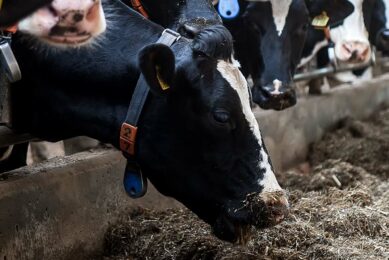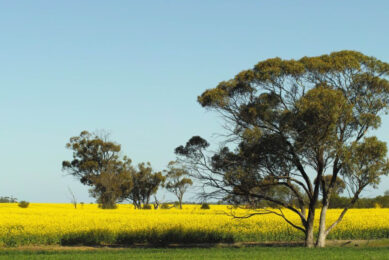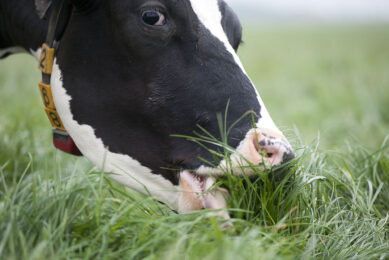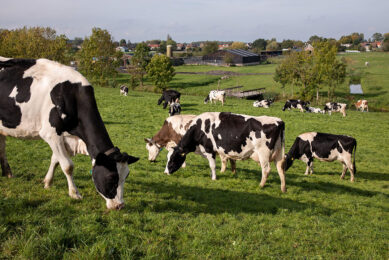Smart ideas for sustainable forage management
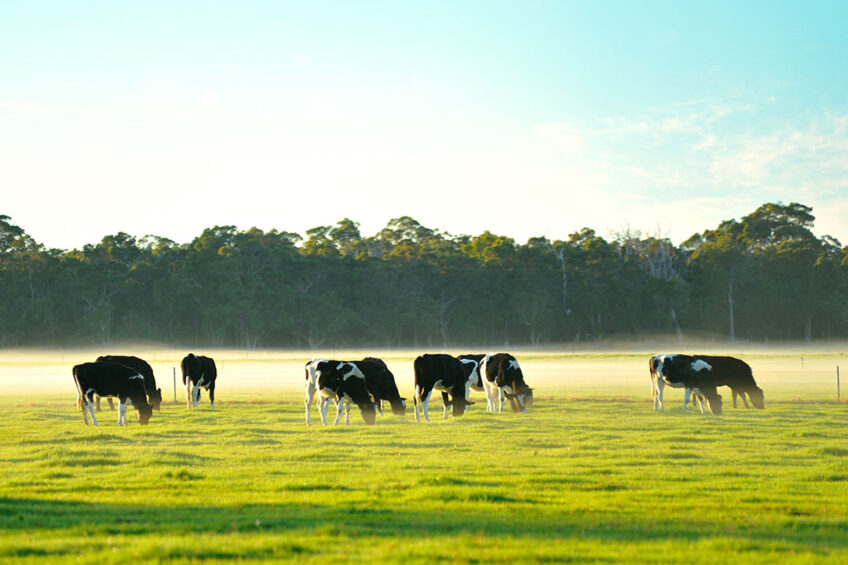
In addition to global population growth, there are multiple challenges related to sustainable forage management, including global climate change and its adverse impact on agriculture, necessary reductions in carbon and water footprints, maintenance of soil quality, competition for land, food safety and security, etc. Resilient, flexible and sustainable forage management strategies are needed to address these challenges and to ensure profitable feeding of dairy cattle and a sustainable dairy industry.
What is sustainable forage management? It is defined as managing an integrated forage production system for the dairy industry that will satisfy dairy cattle needs over the long term, enhance environmental quality and the natural resource base upon which the agriculture economy depends, make the most efficient use of on-farm resources and sustain the economic viability of dairy operations.
Essential elements
Sustainable forage management is influenced by factors such as cattle nutritional requirements during different seasons of the year, forage species, fertilisation program, stocking rates, breeding season, heifer development program, climate, land condition, pasture quality and quantity and grazing frequency and intensity, to name a few.
Possible on-farm applications
Application of new technologies to sustainable forage management decreases soil erosion, reduces the amount of barnyard runoff and increases pasture productivity. Some of the technologies available to be used for sustainable forage management in the dairy industry include Global Positioning System (GPS), virtual fencing/herding system, Internet of Things and cloud storage, urine sensors and accelerometers.
Global Positioning System
GPS technology could determine dairy cattle grazing preference by monitoring grazing behaviour. It can therefore be used as a management tool to help producers manipulate grazing intensity to improve forage management and paddock utilisation.
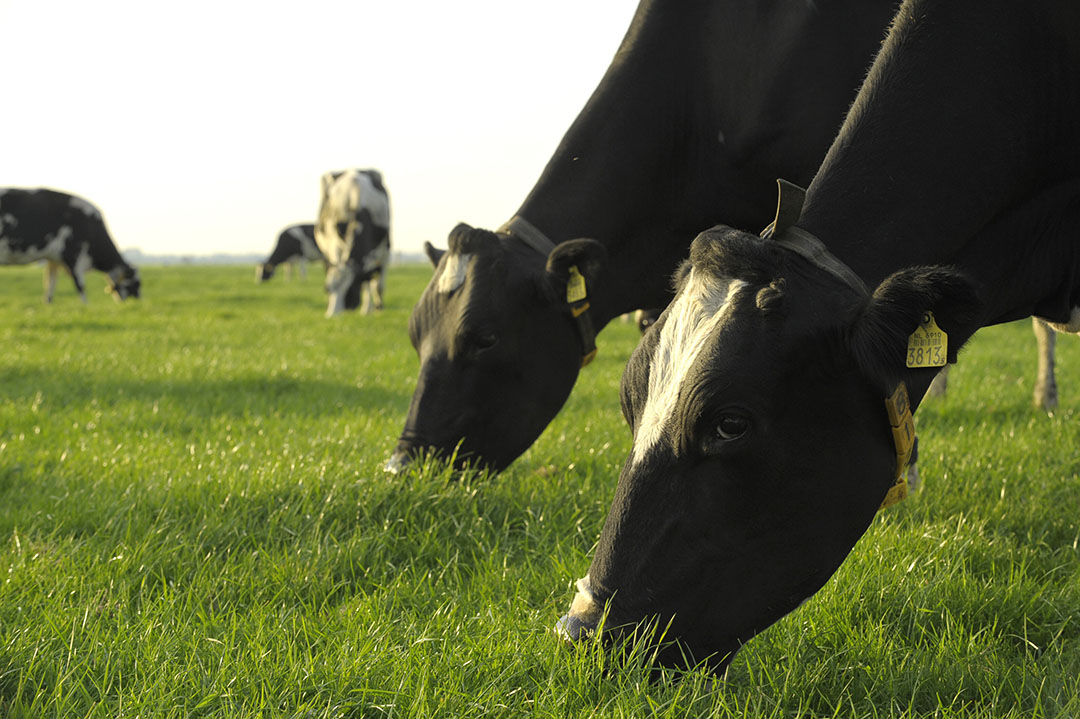
Virtual fencing/herding system
Virtual fencing/herding systems are based on avoidance learning using the cognitive activation theory of stress. Each cow wears a sensor within the collar that detects their movement towards a virtual fence. Dairy cattle learn to respond to a non-aversive audio stimulus to avoid an aversive electrical pulse. In addition, a GPS receiver in a collar is used to define the area available for the animal to access. Virtual fencing/herding technologies control dairy cattle grazing and nutrient transfer events.
Internet of Things and cloud storage
The rise of the Internet of Things and cloud storage has changed data collection, storage and processing. Using sensors and the Internet of Things, farmers will be aware of the grazing behaviour and movement of every cow. Moreover, large amounts of data such as numbers, words, sounds and images can be stored in cloud storage, taking up very little physical space, and data can be transferred easily among users and interpreted remotely.
Urine sensors
Urine sensors are used to monitor urination events from dairy cattle and to characterise the relative variation in urine deposition. The nitrogen content of the urine is influenced by cattle diet, grazing management, environment and season. Data collected by these sensors is used to allocate appropriate dairy cattle to different environments, depending on the sensitivity of that environment to nitrogen overloading.
Accelerometer
GPS collars usually have multiple axis accelerometers as activity sensors to collect and monitor grazing, travelling and resting behaviours. Activity sensors are used to comprehend individual animal feed intake, including the number of daily feeding events, the duration of feeding events and the rate of intake during feeding events. This data will improve forage management through matching feed requirements with feed availability and would also detect reduced feed intake. Additionally, integrating intake data with the GPS data would unlock more information about variability in grazing to be matched with pasture disappearance and soil mineral maps.
Limitation and challenges
Big data is often subject to noise, incompleteness, bias and inconsistency and may often be disparate, dynamic, untrustworthy and interrelated, therefore, calibration and validation are key to the success of smart technologies. The general public has raised animal welfare concerns about the application of smart technologies such as virtual fencing/herding and wearable sensors. It is important to address these concerns. Furthermore, handling and interpreting huge amounts of available data is key to extracting value in complex decision-making such as is required to manage forage systems.
Conclusion
Understanding the factors affecting the balance between productivity and sustainability is the key to applying smart technologies to enhance dairy industry profitability. Characterising dairy cattle and understanding the variation between them will provide new opportunities to match grazing behaviours to plant and soil resources to improve sustainability. The development and adoption of smart technologies would provide the means to improve dairy cattle production in a sustainable operating environment.



